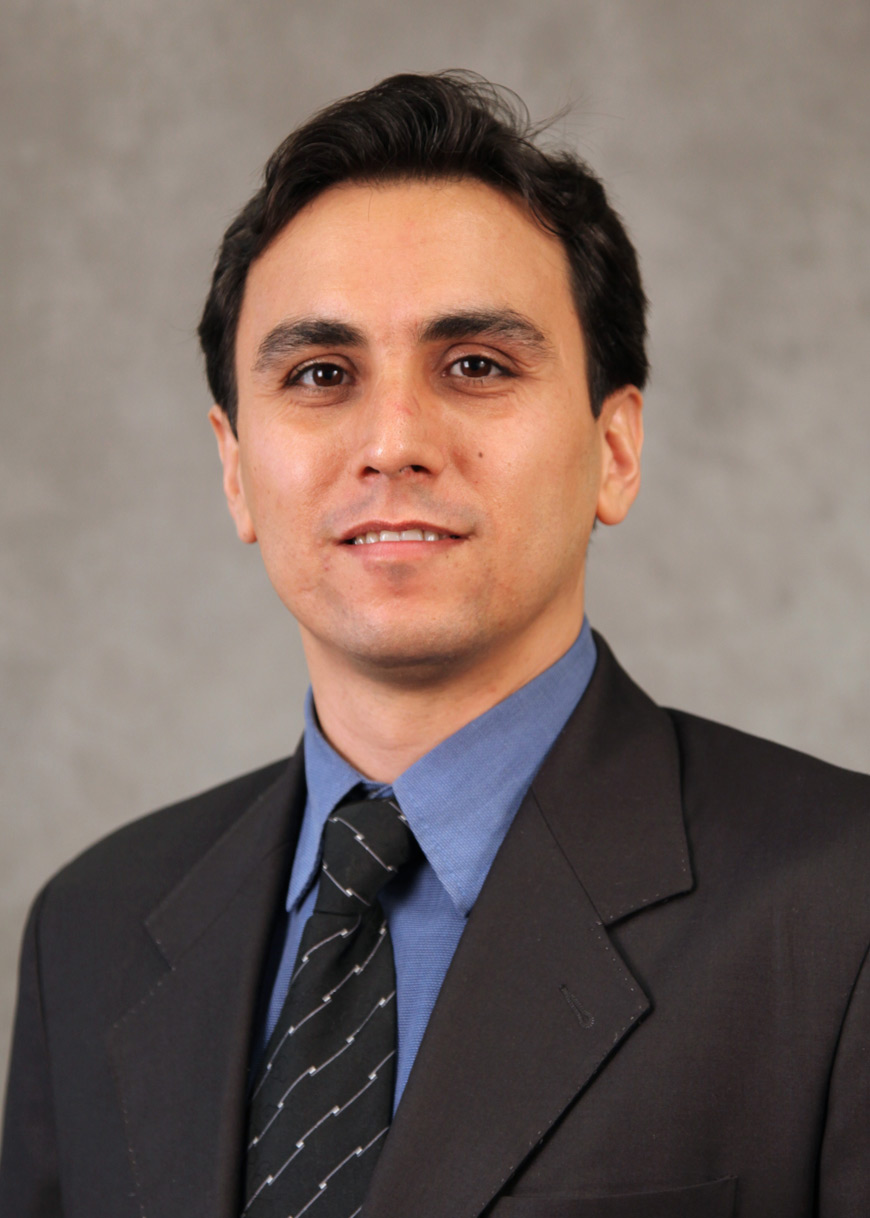MSU faculty researcher says multi-hazard scenario should be considered in assessing California levee systems
Contact: Allison Matthews

STARKVILLE, Miss.—Recent heavy rains in California after a period of drought have not been unexpected, but a Mississippi State researcher notes these conditions are an example of the type of multi-hazard scenario that should be considered when assessing the performance of the state’s critical infrastructure, including levee systems.
Assistant Professor Farshid Vahedifard, an MSU civil and environmental engineering faculty member since 2012, whose research examines threats posed from ongoing extreme drought in California to the state’s critical infrastructure is calling for consideration of a potential multi-hazard scenario and its possible effects on levees.
Drought, accompanied or superimposed by other climatic trends or natural hazards, can threaten any infrastructure interfacing with soil, including embankments, roads, bridges, building foundations and pipelines.
He pointed to recent examples of how heavy rains can impact drought-stricken, soil-related infrastructure. “An intense October storm with hail unleased 300,000 cubic yards of mud and debris onto Interstate 5 and surrounding roadways north of Los Angeles. The mudslide trapped a few hundred vehicles,” he said.
Vahedifard has a forthcoming forum article in the Journal of Geotechnical and Geoenvironmental Engineering, published by the American Society of Civil Engineers.
From a geotechnical engineering perspective, Vahedifard and co-authors point to past examples of catastrophic levee failures which have occurred in similar drought situations to illustrate the impacts that the California drought might impose on existing levees. Joe D. Robinson, an MSU civil engineering graduate student, and Amir AghaKouchak, assistant professor of civil and environmental engineering at University of California, Irvine, are co-authors.
“It is almost inevitable that drought is superimposed or followed by other climatic conditions such as severe flooding, storm surges, high temperatures, sea level rise, and extreme rainfall events, which can further threaten the structural integrity of levees,” the authors state. Vahedifard notes that El Niño is impacting California this year. Looking back at the 1997 El Niño events, he said the state experienced a 200 percent increase in rainfall compared to the preceding annual averages. California’s high seismicity level also poses another challenge.
“An integrated multi-risk assessment framework necessitates quantification of threats imposed by multiple climatic extremes under a changing climate,” Vahedifard said.
Vahedifard and his co-authors also recently had a letter published in Science magazine which highlighted an urgent need to invest in research regarding the vulnerabilities of California’s levee systems under extreme climatic events.
Vahedifard, who completed a second master’s degree and his doctoral work in civil engineering at the University of Delaware after previous academic work in Iran, said there is very little information published about the effect of drought on the performance of critical infrastructures. The civil engineer who specializes in geotechnical engineering added that the National Levee Database shows that only around 10 percent of U.S. levees are rated as “acceptable,” with the rest being rated as “minimally acceptable” or “unacceptable,” indicating that the levee has a minor deficiency or the levee cannot serve as a reliable flood protection structure, respectively.
In California, a vast quantity of levee systems are currently rated as “high hazard,” meaning they are in serious danger of failing during an earthquake or flood event. This indicates that the resilience of these levee systems is a major concern without even considering the effects of the ongoing extreme drought, Vahedifard said. Prolonged droughts threaten the stability of levee systems by inducing soil cracking, increased water seepage through soil, soil strength reduction, soil organic carbon decomposition, land subsidence and erosion, he explained. As a weakening mechanism example, drought-induced cracks can serve as pathways for water to seem into the levee structure during and after heavy rains, further threatening the integrity of levees.
Vahedifard said he aims to stimulate discussion in addition to urging quantitative assessment of the resilience of California’s earthen levees.
“Assuring the resilience of California’s levees in a prolonged drought involves many authoritative and complex technical aspects, and necessitates the development of appropriate strategies and measures that are effective and efficient on both the short and long term,” he said. He calls for more scientific research to understand how drought can threaten the integrity of critical infrastructure, especially under a multi-hazard scenario.
MSU is Mississippi’s leading university, available online at www.msstate.edu.